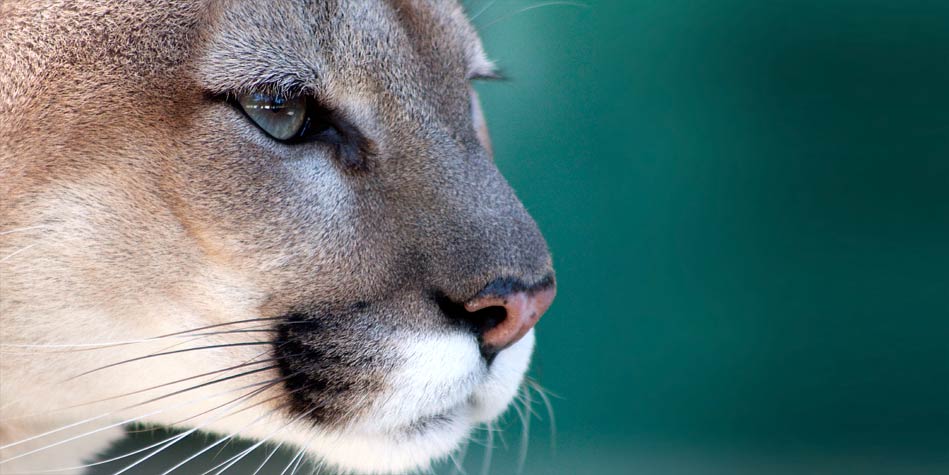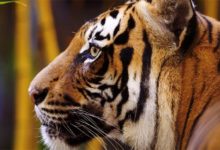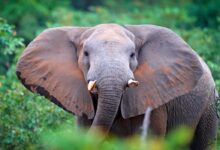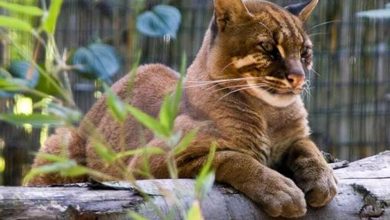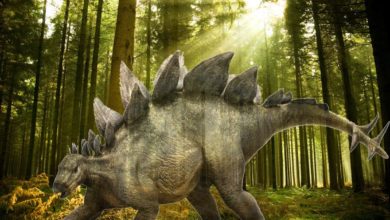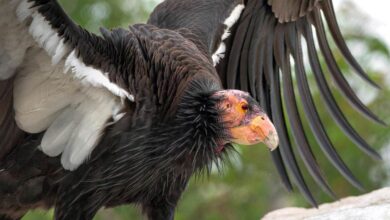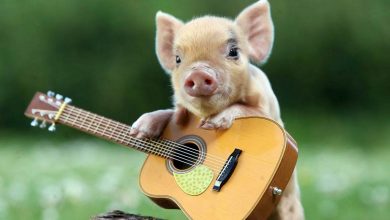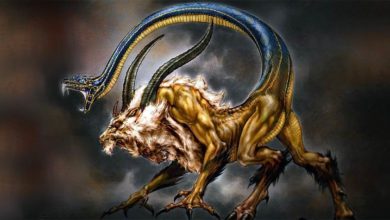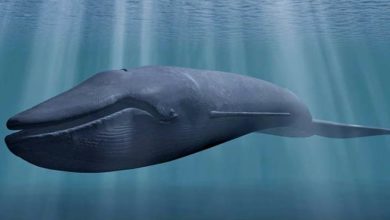Florida panther (Puma concolor coryi)
Cougar with a kinked tail
About 88% of cougars of this subspecies have an unusual feature – a kinked tail. Although it may look funny, the reasons for this deformation shouldn’t be amusing to anyone, for the Florida panther is one of the most ailing animals. It is caused by a very low genetic diversity, which, in turn, is caused primarily by human activity.
Classification
- Class: Mammalia
- Order: Carnivora
- Family: Felidae
- Genus: Puma
- Species: Cougar (Puma concolor)
- Subspecies: Florida panther (Puma concolor coryi / Puma concolor couguar)
- Popular names: cougar, mountain lion, puma, painter, catamount
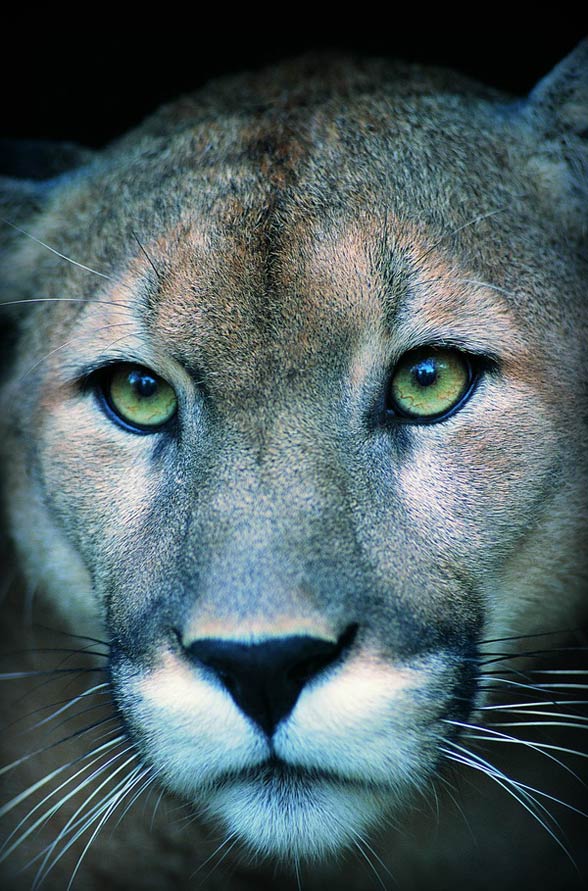
Questionable classification
In the past, the Florida panther was considered to have been a separate subspecies, one of 32 recognized. Hunting for these animals was banned in 1958, and in 1967, United States Fish and Wildfire Service listed the subspecies as endangered, and it was added to the official list of endangered species in 1973.
On the basis of genetic studies, it was shown that many subspecies of the cougar were too similar to be classed as a separate taxonomic group. Thus, it was suggested that they were reclassified as Puma concolor cougar (including the Florida panther).
The studies published in the third edition of a scientific publication titled “Mammal Species of the World” say that the Florida panther is not a separate subspecies of the cougar. Despite that, it is still described as Puma concolor coryi in research works, also in those associated with the protection of this animal.
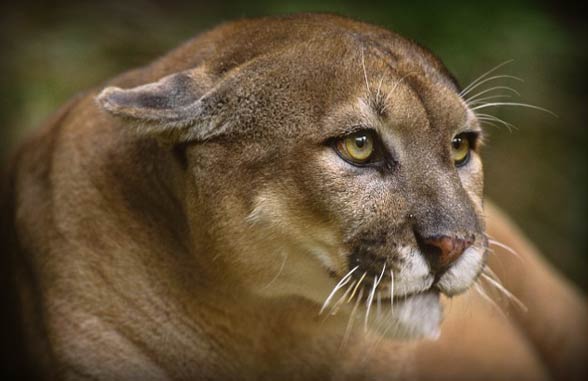
Occurrence
This rare subspecies of the cougar is found in southern Florida (western part of the United States), Everglades National Park, Big Cypress National Preserve, and Florida Panther National Wildlife Refuge. The modern-day range of distribution includes only 5% of the former range.
The Florida panther chooses wetlands, swamps, forests and places with dwarf palmettos to its habitats.
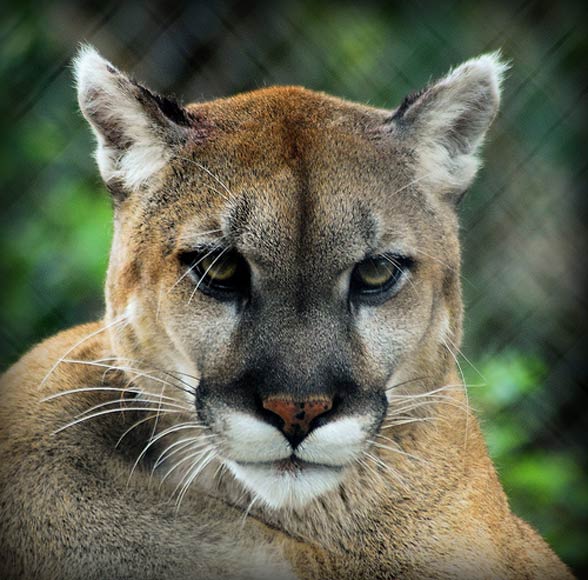
Characteristics
Appearance
The back of the Florida panther is covered with fawn or beige-red fur, while the belly and chest are white. The tip of the tail, tips of ears and some parts of the face are black, and the irises are yellowish, although the young have blue eyes.
What distinguishes the Florida panther from other subspecies is a tail broken at the tip and a unique marking on the back. This subspecies is also smaller than cougars from northern and southern parts of the country, but larger than individuals found in the neotropics. Adult individuals are 180 – 220 cm (5.9 – 7.2 ft) long on average, and of 60 – 70 cm (24 – 28 in) height at shoulders. Their weight ranges from 29 to 73 kg (64 – 161 lb); males are longer than females by over 9% and heavier by about 33% (males grow faster and for a longer time than females).
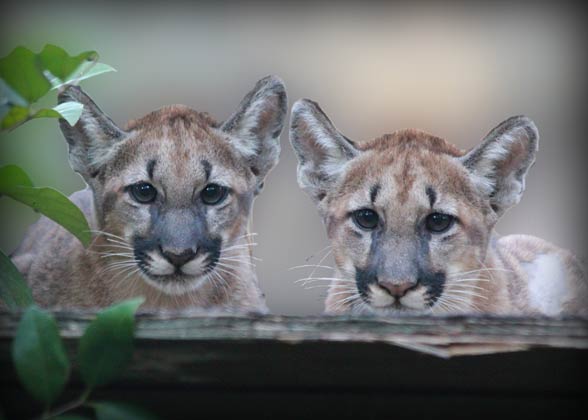
Temper
In terms of food preferences, the Florida panther is a typical carnivore. The diet of this predator consists of small animals, such as mice, hare and waterbirds (e.g. the anatidae). Apart from minor prey, the Florida panther can hunt larger animals, for example, storks, boars, white-tailed deer, and even American alligators. Out of the abovementioned “big game”, the Florida panther prefers the white-tailed deer, which is nocturnal just like the predator, the most.
Although the Florida panther is a big cat, it doesn’t roar like a lion, because it can’t. Instead, it can purr, hiss, growl and meow. As almost all felids, it’s solitary and fiercely protects its territory. It marks the borders of its acreage with scent (pheromones), it also leaves droppings and bark scratched off trees.
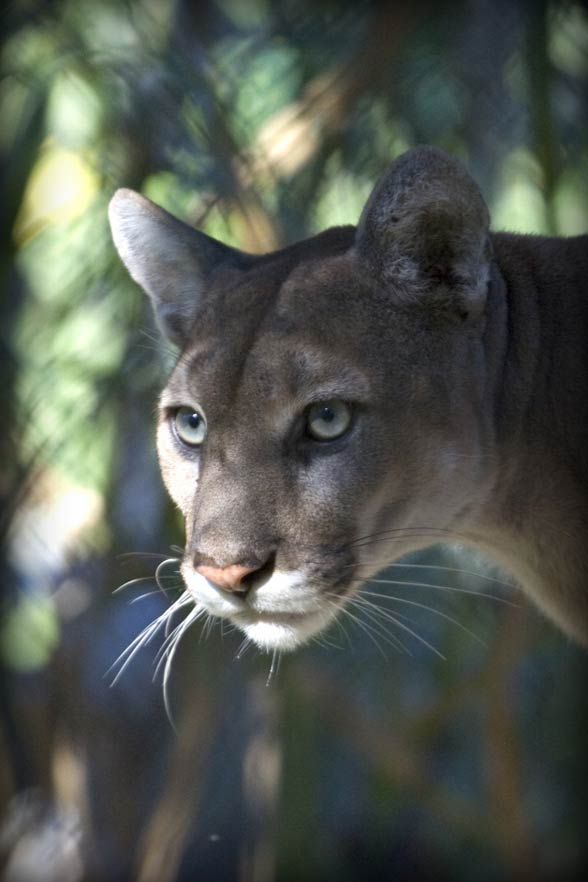
Reproduction
Most of a year, the Florida panther lives alone, except for mating season and raising offspring. Mating takes place between November and March, and at that time, males cross long distances searching for a mate (the acreage of one male is 320-400 km2 (124-154mi²)). After copulation, a female gets pregnant, and pregnancy lasts about 3 months. Birth occurs in dense underbrush, but there were also females that gave birth in caves.
A litter consists of 1-3 kittens, but not all of them will survive to adulthood. After being born, the young are covered with dark spots – it’s a form of camouflage that enables protection from predators. For the first 2-3 weeks, the mother barely leaves shelter; taking care of her offspring becomes the most important. After that time, the female leaves the den more frequently, in order to hunt and to wean kittens away from drinking milk and get them used to eating meat.
When a proper moment occurs (in the second month of life), the young start to come out with their mother to master hunting. At the same time, their dark spots fade away and is replaced with more adult coloration. Offspring stays with their mother for 18-24 months, and then each of them must go in search for its own territory.

Threats
The subspecies has been classed as endangered. The most significant threats for the Florida panther include its natural enemy – the American alligator. Also poachers and the degradation of habitats have been affecting the dramatic decrease in the population of the cat.
Excessive hunting has caused enormous ravages within the subspecies; the modern-day population is a small, isolated group in which inbreeding (breeding between closely related individuals) is a frequent phenomenon, which results in genetic diseases presented with the characteristic, crooked tail, heart defects, weaker immune system (high indicator of leukemia in cats) and cryptorchidism (wrong position of testes in males, causing neoplasms or infertility).
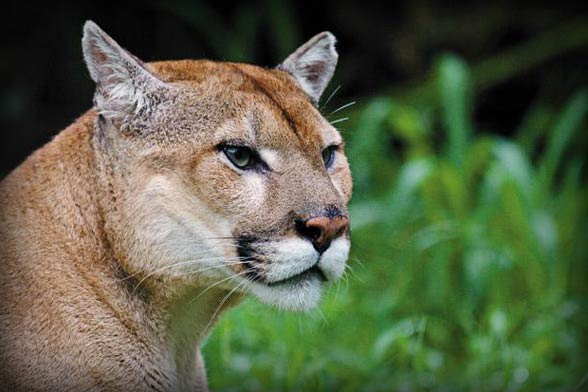
Vehicular collisions and aggression between panthers (in order to protect their territories) are two most important death causes within the subspecies. White Oak Conservation, however, managed to rescue several orphaned kittens and introduce them to the natural ecosystem.
Southern Florida is a rapidly developing area where people build more and more roads. This process has great influence on the population of the Florida panther, because it separates females from males, making breeding impossible. Persevere males, however, often try to cross the roads, risking their lives. A large number of males trying to get to females are killed by cars. Another reason for road accidents including male panthers is their search for their own territories (in order to do that, young males cross long distances, while females usually stay close to the acreage of their mother).

Detailed information / size
Florida panther (Puma concolor coryi)
- Body length with the tail: 180 – 220 cm (5.9 – 7.2 ft)
- Height at shoulders: 60 – 70 cm (24 – 28 in)
- Weight:
- males: 45.5 – 73 kg (100 – 161 lb)
- females: 29 – 45.5 kg (64 – 100 lb)
- Litter Size: 1-3 kittens
- Lifespan: about 12 years in the wild. Usually it’s shorter because of the susceptibility to diseases and accidents.
Florida panther – interesting facts
- The Florida panther is more closely related to small cats like lynx and domestic cats than to big cats like tigers or lions.
- Among all subspecies of the cougar, the Florida panther is the least genetically diverse.
- In 1970s, the population of the Florida panther consisted of about 20 individuals, in 2011 it was estimated at 100-160, and 2 years later (2013) there were 160 counted panthers in the wild.
- In 1982, the Florida panther was officially recognized as the state animal of Florida.
- Florida panther is one of the most endangered animals on Earth.
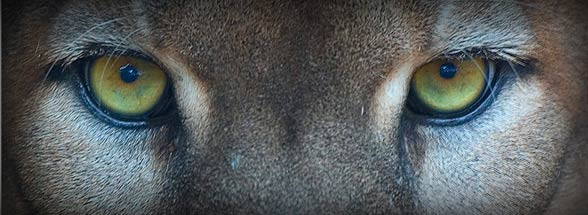
Recommended
- Cougar (puma)
- African Lion
- American lion
- Barbary lion
- Bengal tiger
- Big cats
- Black panther
- Canadian lynx
- Cheetah
- Clouded leopard
- European cave lion
- Indochinese tiger
- Jaguar
- Leopard
- Liger
- Lion vs tiger
- Lions
- Malayan tiger
- Ocelot
- Pallas’s cat
- Sand cat
- Siberian tiger
- Smilodon – Saber-toothed tiger
- Snow leopard
- Sumatran tiger
- Tigers
- White lions
- White tigers

